If you are anywhere in the vicinity of Melbourne and appreciate the artistry of a good croissant, then Lune Lab is a must visit. From the same people who make the fabulous pastries at Lune Croissanterie, Lune Lab is a foray even further into what can be done with a croissant. While they have changing twice-baked croissant, savoury croissant, and cruffin specials, Lune Lab does more.
It all happens at the main Fitzroy Lune store. You can’t, however, just turn up to the store and ask to do the Lune Lab. It will take some actual planning to be able to partake in the experience.

Here’s how it works.
Lune Lab tickets are released in batches of seatings for two months at a time. On the appointed Tuesday evening at 1930 AEDT (it’s always a Tuesday), you must go to the Lune Croissanterie website and attempt to purchase said tickets. Lune Lab runs only on Saturdays and Sundays, with one seating at 0830, and another at 1130. Our advice would be to be prepared with the date and time you want, and have fast internet and fast fingers, because these tickets sell out fast. As in all gone in a few minutes fast. (Less than five.)
On the day, you get the privilege of walking past the line of people (there is always a line, especially on the weekends) right into the heart of the action. Make your way to the concrete counter that runs along the side of the Cube.
For those who haven’t already witnessed it, the Cube is where the magic happens, a temperature-controlled workspace where the croissant dough is rolled out, and shaped into the edible delights you will eventually get to devour. It is mesmerising to watch the staff methodically measure and form the pastries. The concentration and precision is what gives you the consistency of an excellent croissant (or other buttery treat) every time.

After they have confirmed that you do indeed have tickets for the event and are there at the right time (they will have your name), you are seated at the bar-height counter, which is out of bounds to other diners while Lune Lab is on. If you visit at other times on the weekend or through the week, the counter, like all the other seating around the edges of the Lune Croissanterie space, is up for grabs for whoever has good timing or gets there first. (As a side note, they have now installed hooks under the counter, so you can hang your bag there. They have another area where they can hang your coats for you if needed.)

There are just eight seats at the counter, each set with an anticipatory empty plate, empty glass, folded napkin, and knife. This is another reason why the tickets disappear so fast. The small group keeps the experience intimate. There is a host at each seating, who, besides keeping glasses filled with palate-cleansing bubbly water, tells you about Lune, and answers questions diners might have. The compact group means that they can divide their attention between diners as required, and no one feels left out.

What you actually get to eat at the Lune Lab changes each season, and you don’t get to see a menu when you make the booking. All you can know is that it comprises three courses, and that it will be delicious. If you want it all to be a surprise, avoid checking social media before you attend, as those who have been there before you will have shared pictures. We attended one of the last sittings of the October/November menu, so there shouldn’t be too much in the way of spoilers. If you don’t want to know at all though, then you can stop reading here, and go back to preparing to book your tickets.

For those who do want more of an idea of what you might get, read on.. We didn’t get around to writing about our initial Lune Lab experience, so will include what we had then as well.
We have been to two Lune Lab sessions now, and the first course is their basic plain croissant. “Basic” and “plain” are, of course, understated descriptions for what you get. One of the bakers came out with a tray of freshly baked croissants, just out of the oven. These are even fresher croissants than you are likely to get when you are a walk-in patron, as they will have been cooling on the rack before being packed up for you.

They explained that due to slight variations in heat distribution in the oven, each of the croissants would turn out slightly differently, some more crispy and some a little softer, depending on their position on the tray and in the oven. Each of us was asked how we preferred our croissants, and one from the appropriate location was picked out for us and placed on the waiting plate. This, again, is a fine nuance that you won’t get as a walk-in customer.

We asked for ones that were more crisp, and were given ones that had been in the tray towards the back of the oven. They were still warm, and had that lovely buttery aroma. They were beautifully glossy on the plate, the shiny black dishes serving as a good contrast to show up their golden brown hue. You could see the many layers that went into their construction, and it felt like almost a shame to destroy their perfect forms by biting into them. Almost.



We have described before the multiple layers of crisp shatter you go through, and then that softer, chewy interior. It was a remarkable contrast of textures, between the flaky, wafer-thin outer layers, and the more yielding inside, which though richly buttery, was light from the aeration. We learned that it takes three days to produce each croissant, from the multiple rolls and folds of the dough for lamellation, to forming the croissants, to the time they take to prove and rise, and then the eventual baking. They certainly do not shortcut it, and the work that goes into them shows. As said, “basic” and “plain” undersells them, and finding croissants elsewhere that approach them has been challenging.


We neglected to mention it before, but Lune Lab, besides the multiple courses of croissant-based goodness, also comes with a free flow of coffee and other non-coffee drinks. Remember to pace yourself, because despite the temptation of all-you-can-drink coffee or chocolate (which is their main non-coffee option), you will want to leave room to get through all the courses. They are also now licensed, so you can get other drinks as well, but that is not included in the Lune Lab ticket price.

Their coffee comes from the Small Batch Roasting Company, which focuses on socially and environmentally responsibly sourced coffee. We will say that Lune’s coffee and chocolate has significantly improved over the years we have been visiting.
The soy iced latte had lovely nutty and chocolatey flavours. A giant ice cube sat in the glass, chilling the drink. It melted slowly, however, so didn’t dilute the coffee.

The macchiato (more than one was had) was nicely hot. It also had good strength and complexity, without bitterness.


We would also highly recommend their iced chocolate. The non-dairy version is done on oat milk, which actually works well, because it comes off lighter than it would if it were done on soy milk. It was richly chocolatey (which was balanced by the lighter milk) and just a little sweet, so it was not cloying, and allowed you to keep eating the buttery croissant dishes.


The second course is a savoury course. In our recent visit, it was a Caramelised onion tarte tatin. Instead of the usual puff pastry as the base though, they used croissant pastry. It was certainly a photogenic dish, topped with a veritable garden of salad greens and herbs. It was hard to stop taking pictures of it, and actually get to eating it. The pastry base was buttery, and crisp at the edges. The layer of caramelised onion used whole onion scales instead of pieces, so they had a soft, juicy texture. The sweet and salty flavours from the Maillard reaction were certainly the hero of the dish. Besides vibrant colours, the mix of herbs in the salad atop the tart meant that you had different flavours in each bite. In the mix, we could discern dill, tarragon, parsley, sweet pea tendrils, and asparagus.





The third course is a sweet course. This time, it was a Strawberry Millefeuille, with croissant pastry instead of puff pastry for the layers. It was beautifully presented, finely sliced strawberry pieces placed like overlapping scales on the very top to emphasise what the main flavour was. It certainly had loft from the stacked layers, with piped mounds of diplomat cream, then strawberry jam over a slab of comte cheese cheesecake, these sandwiched between croissant rectangles. Despite this being the dessert course, it was only faintly sweet, with the cheesecake component being a bit more on the savoury side. It was a good mix of the creamy and crisp textures, with there also being a difference between the density of the cream and cheesecake layers. It was somewhat challenging to eat though, as while you ideally wanted to get a bit of each layer and eat them all together, in practice when you tried to cut in from the top layer, you ended up squishing all the softer components out as the more solid croissant layers compressed together. We wound up dismantling it and cutting sections of each layer separately, then putting them back together to eat. Here was one of the few instances where a deconstructed dish made some sense. Still, the components were good when had together.




The savoury course we had on our previous Lune Lab was still one that remains a standout for us. It was a Fish pot pie, topped with curls of croissant pastry. The croissant topping looked like the swirling waves of a stormy sea. Beneath that crispy, buttery top was a rich, creamy fish stew, with generous chunks of seafood like salmon, spanish mackerel, coral trout, and prawns. It also had little pieces of potato, and herby dill flavour. Accompanying it were sprigs of sea spray foraged from the beach. They were little pops of saltiness, if you thought you needed more seasoning. It was a delicious dish that you would be happy to receive at a seafood restaurant.






The dessert course at that visit was a take on the Golden Gaytime. The Golden Gaytime ice cream classically has toffee and vanilla ice cream, dipped in a chocolate coating, and covered in biscuit pieces. The Lune version had a round of caramel parfait with biscuit crumb sprinkled over it, topped by a quinelle of chocolate mousse. Squat cylinders of croissant pastry sandwiched these, with a shiny disc of tempered chocolate sitting on the topmost pastry piece. It was served with the top piece askew, to display the components. We were instructed to complete the sandwich by putting the top piece on and squashing the contents down (flattening that carefully scooped quinelle), then eat it so that all the layers were had together. Doing all that in one bite was a challenge unless you had a very big mouth though, so we settled for cutting bits from each layer and combining them to eat in sections. The croissant pastry was quite compact, like what they do with the cruffin, but more tightly swirled. The chocolate disc was perfectly tempered, of course, and had a good crisp snap. The chocolate mousse was airy, and just slightly sweet. The caramel parfait was house-made, of course, and a combination of malt and caramel. It had little kicks of salt mixed in to counter the sweetness. Together, it was a rich dessert with an interplay of different textures.





If you haven’t already been convinced, we would definitely recommend Lune Lab to any foodie. It is one of the best degustations we have had, and at $65 per person, has been more enjoyable than some others we have done at about twice the price (Gelato Messina Truffle Degustation, we’re looking hard at you).


Scores:
Food: 3.5/4
Setting: 2/2
Service: 2/2
Total: 7.5/8
Details:
Address: 119 Rose Street, Fitzroy, Melbourne
Phone: 03 9419 2320
Website: Lune Croissanterie
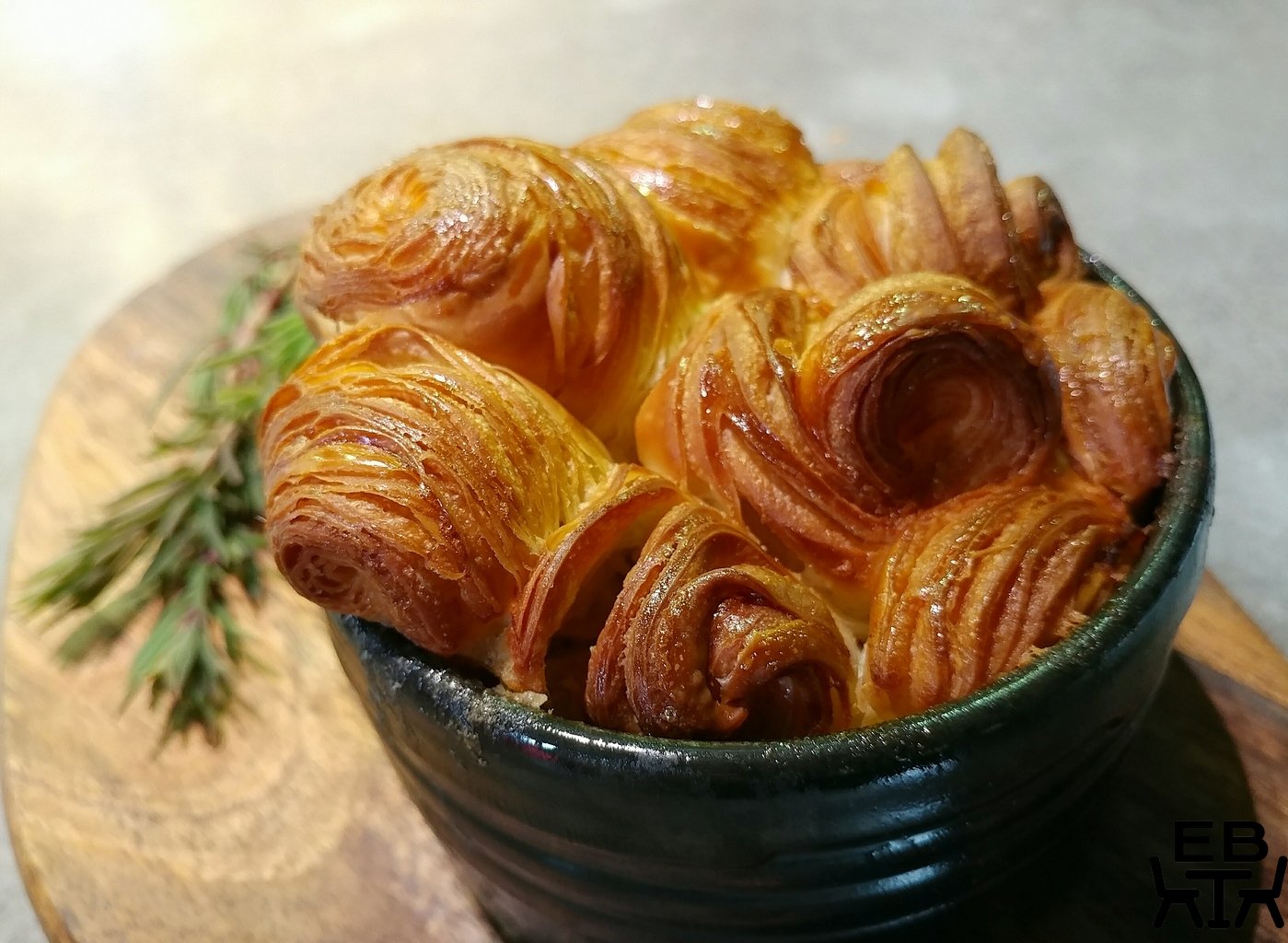
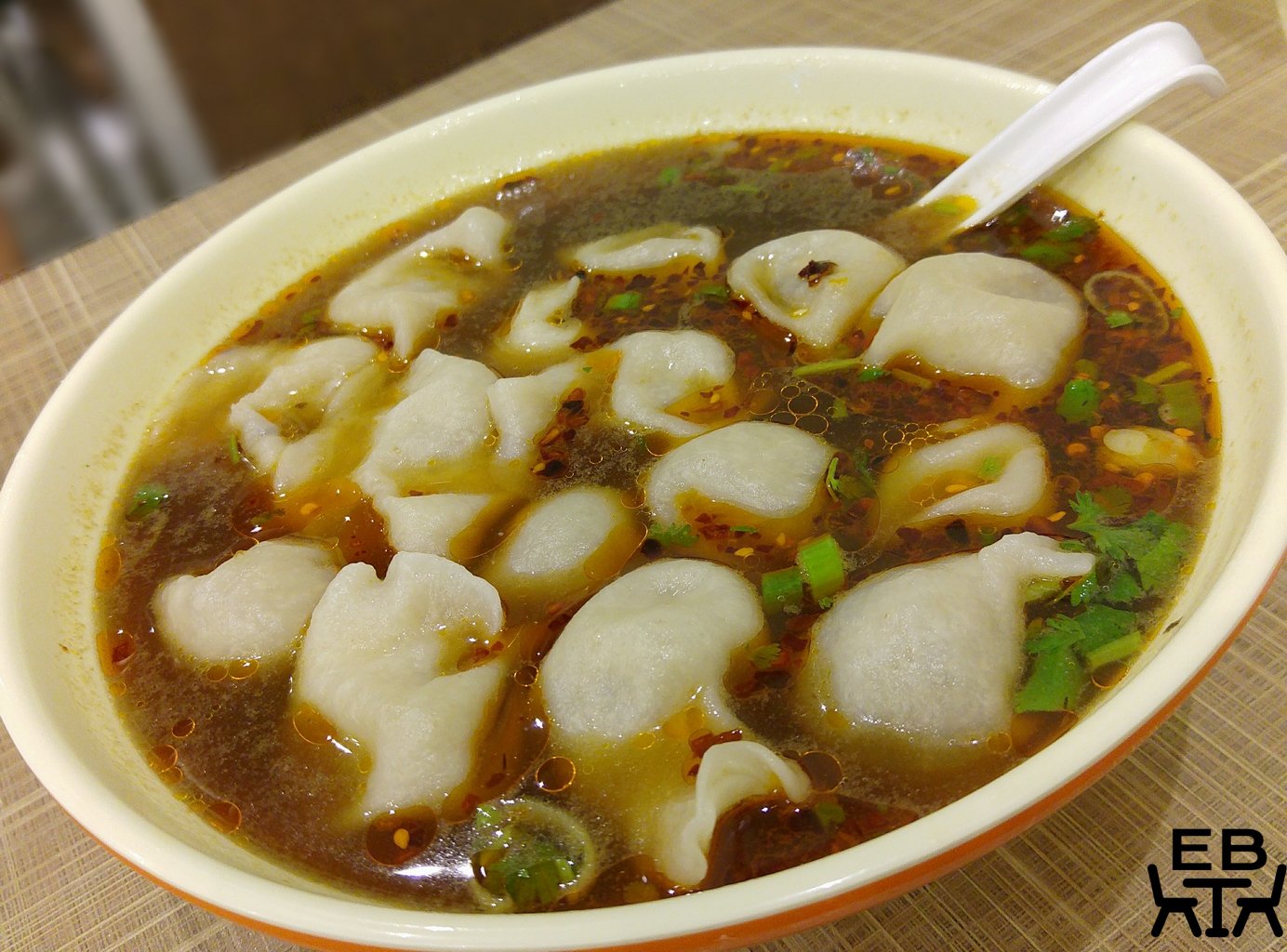
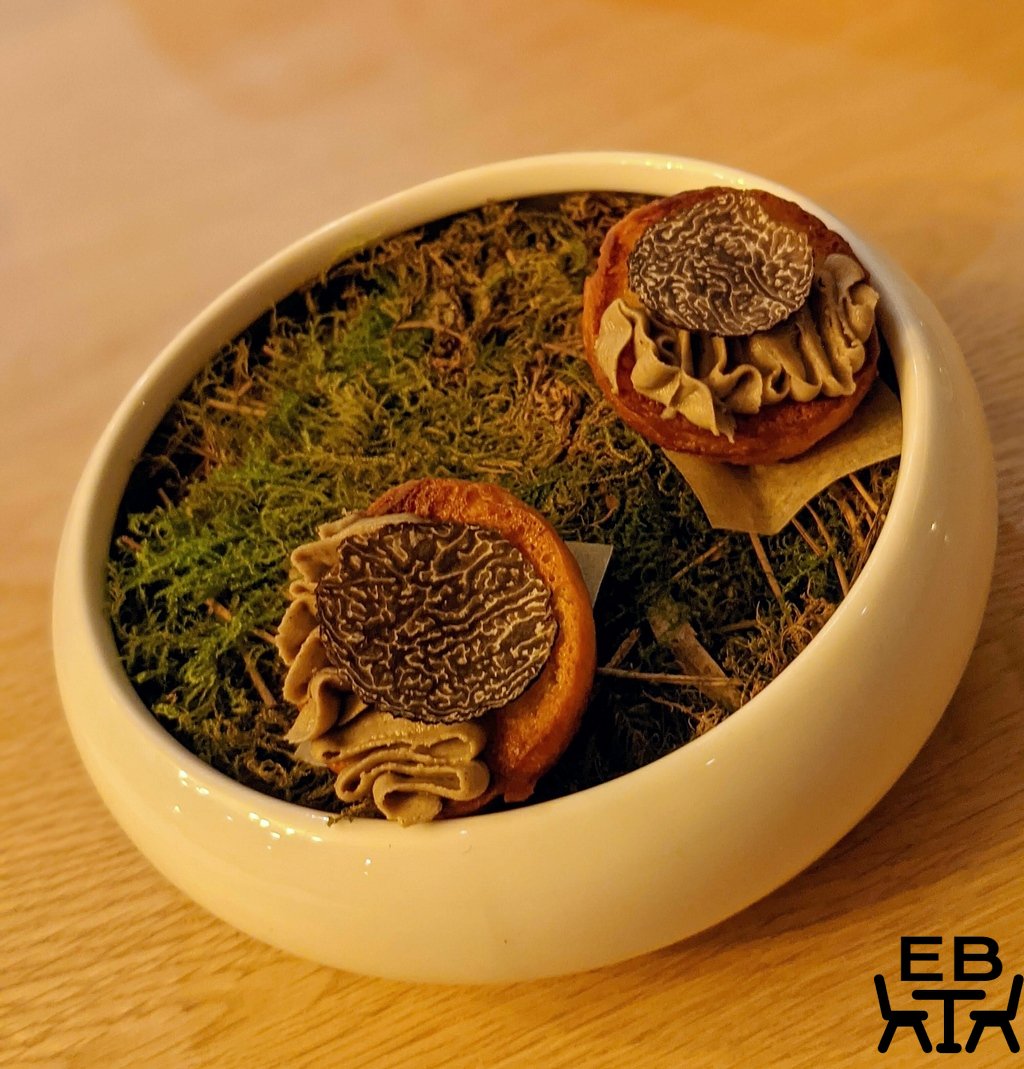
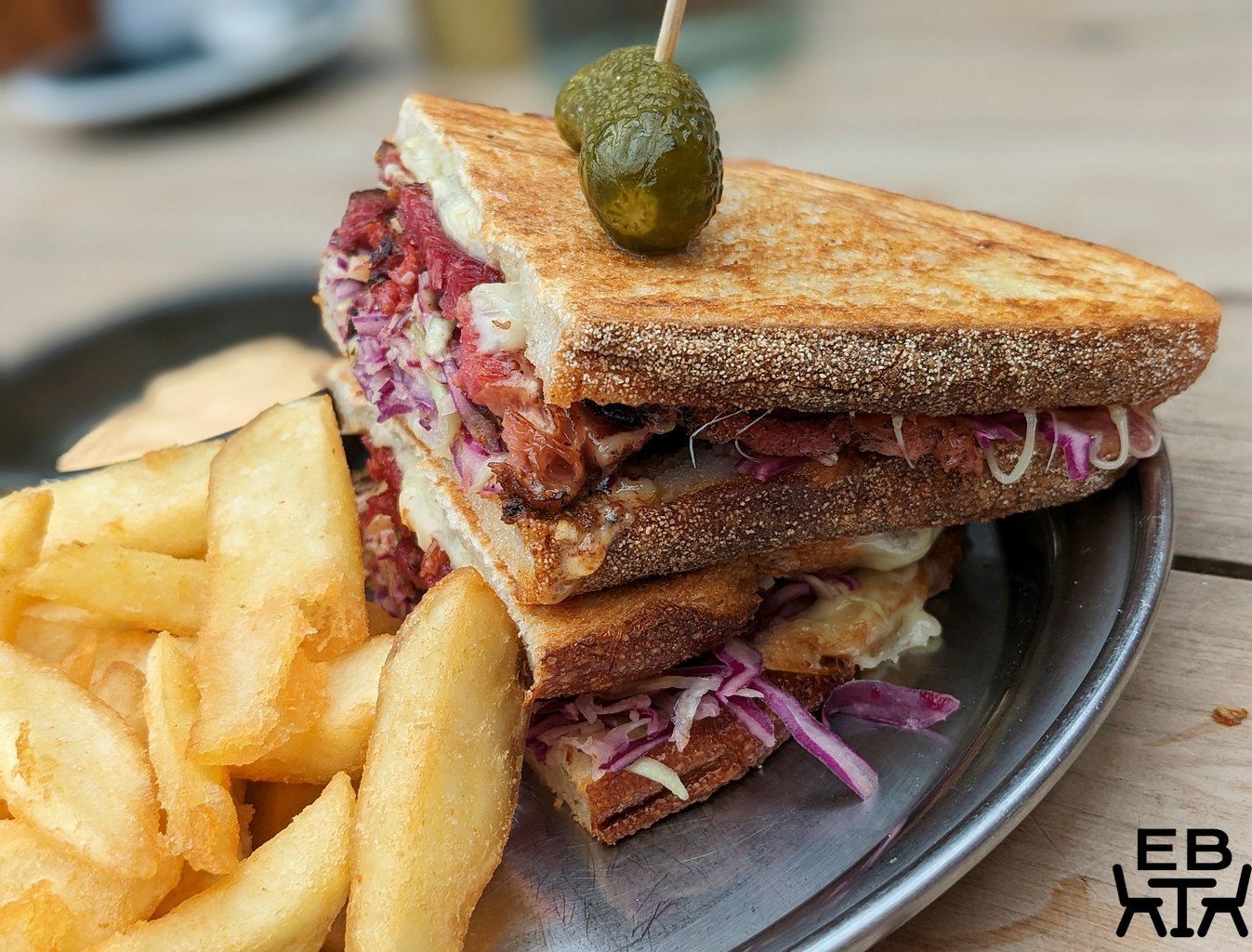
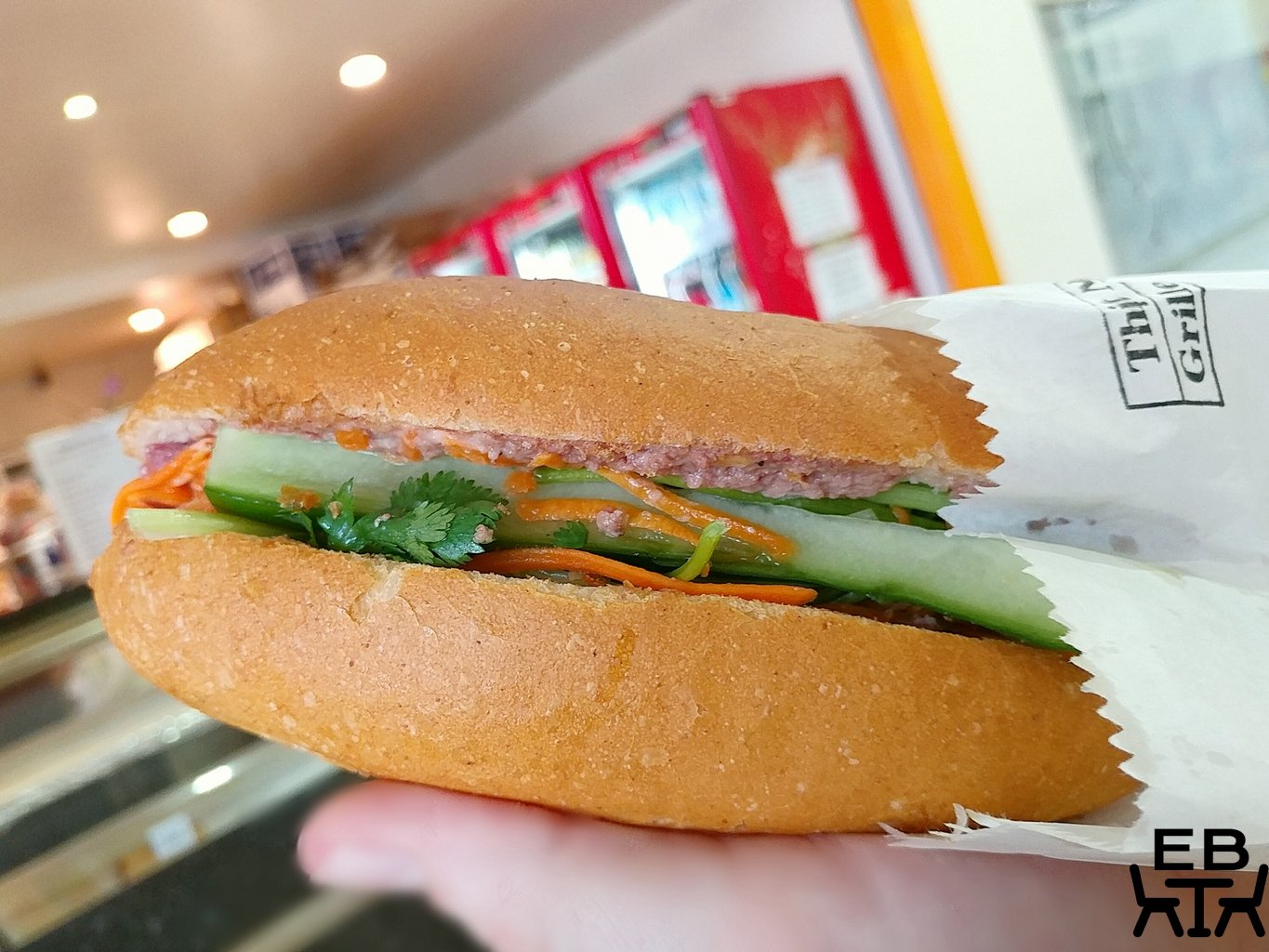
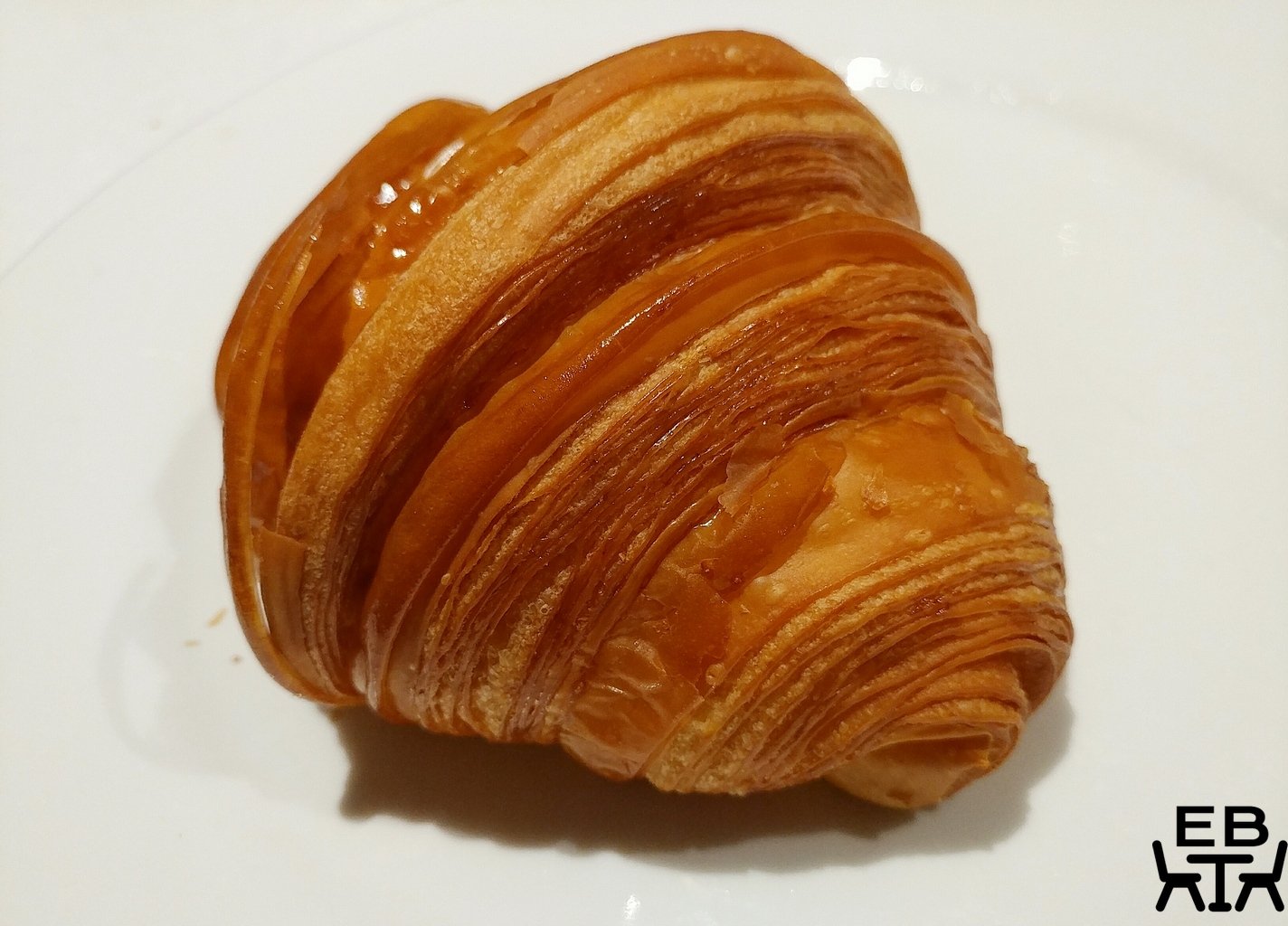
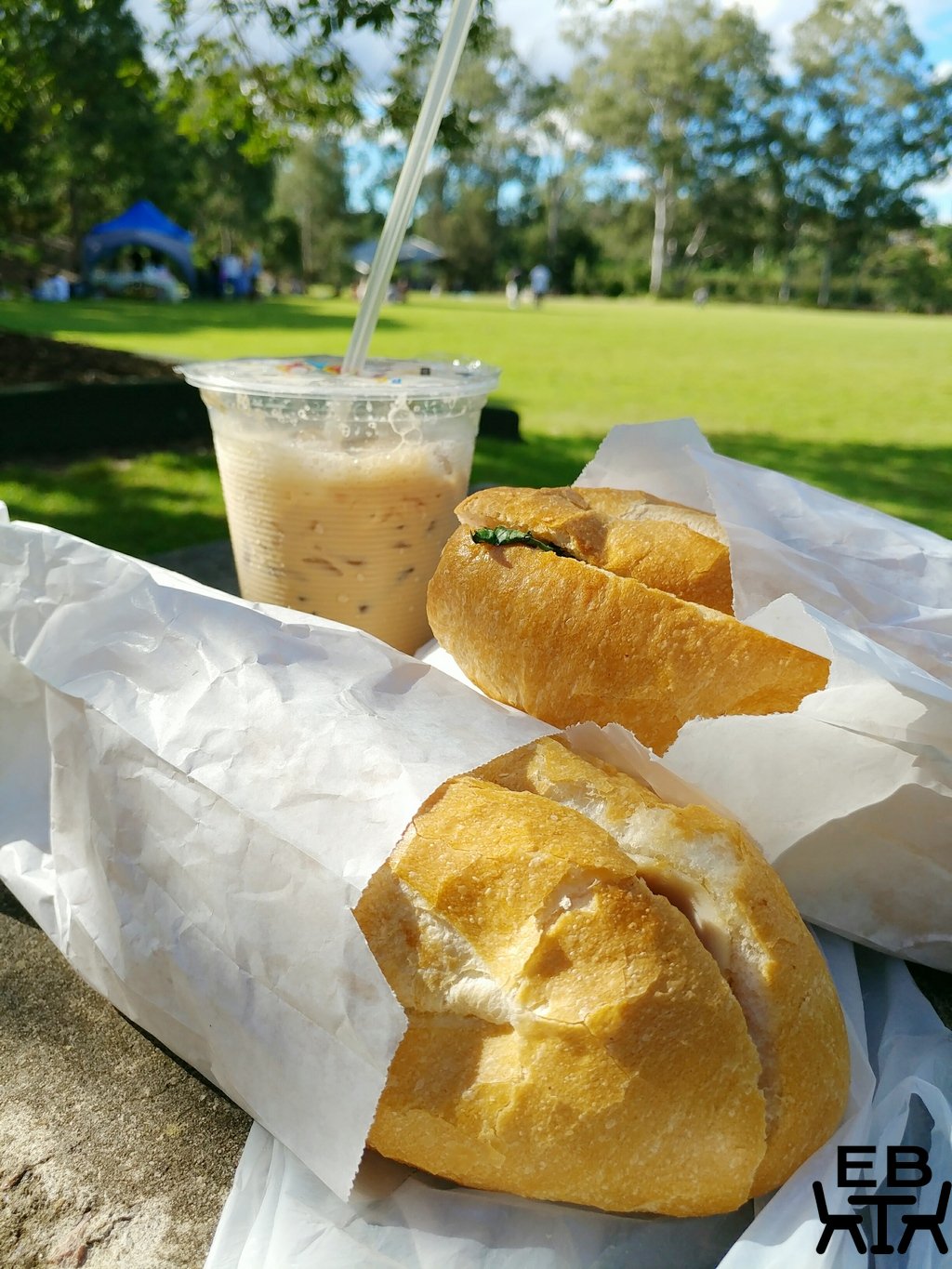
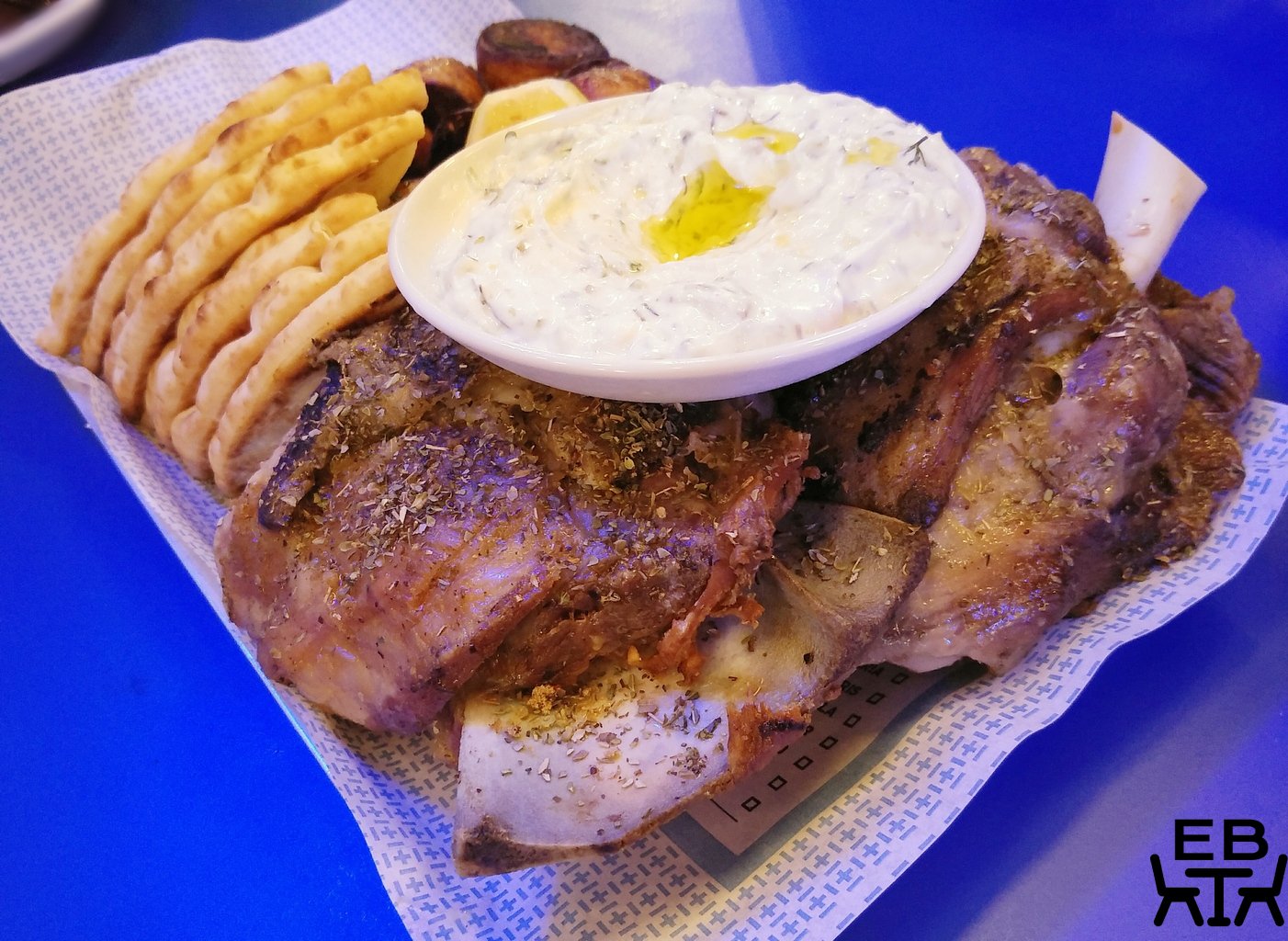
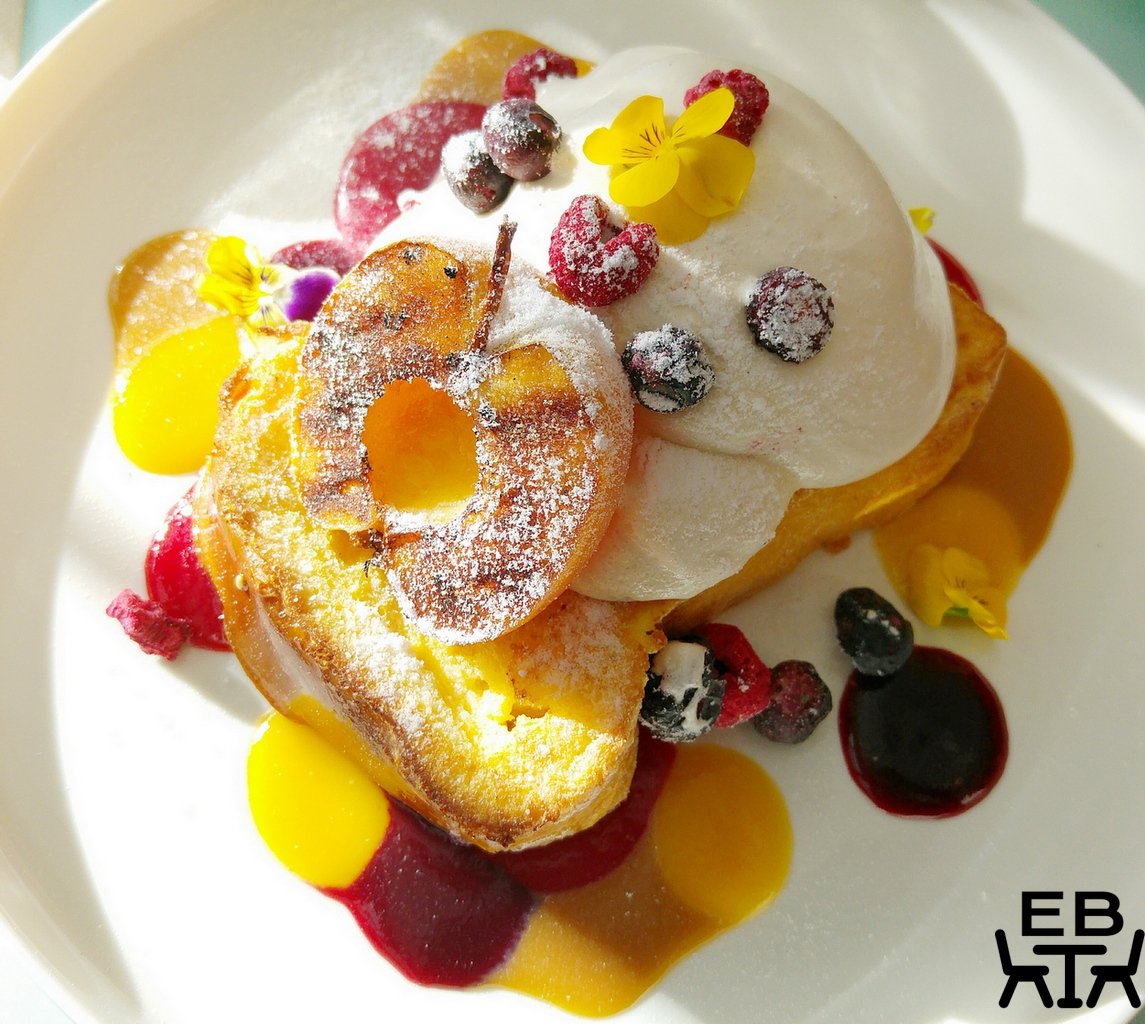
Photos and descriptions made me super hungry.
You should definitely do a Lune Lab!
Amazing post! I would like to visit there with my friends to taste delicious pastries.